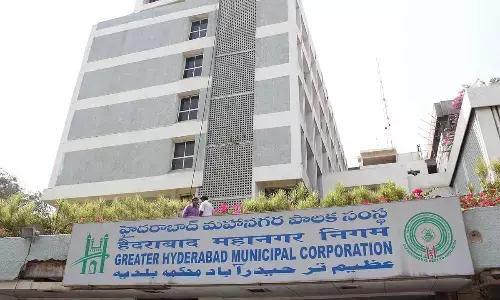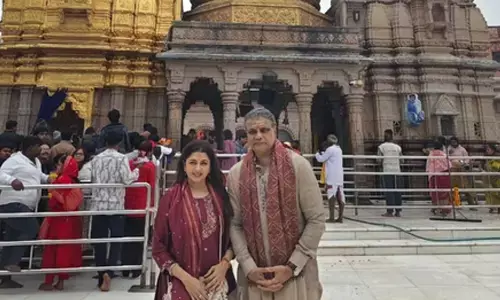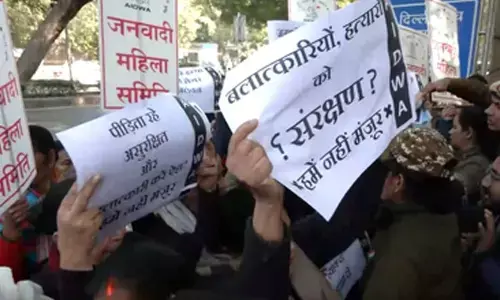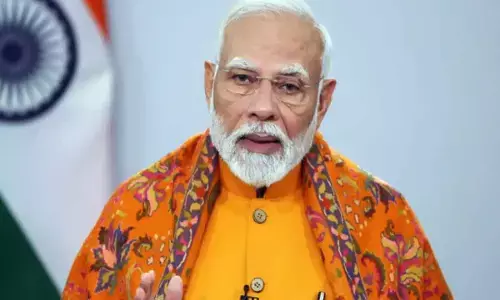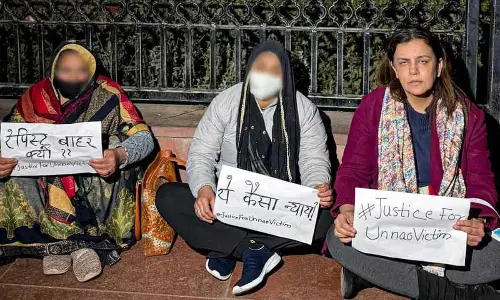Atheist movement in Krishna Theeram
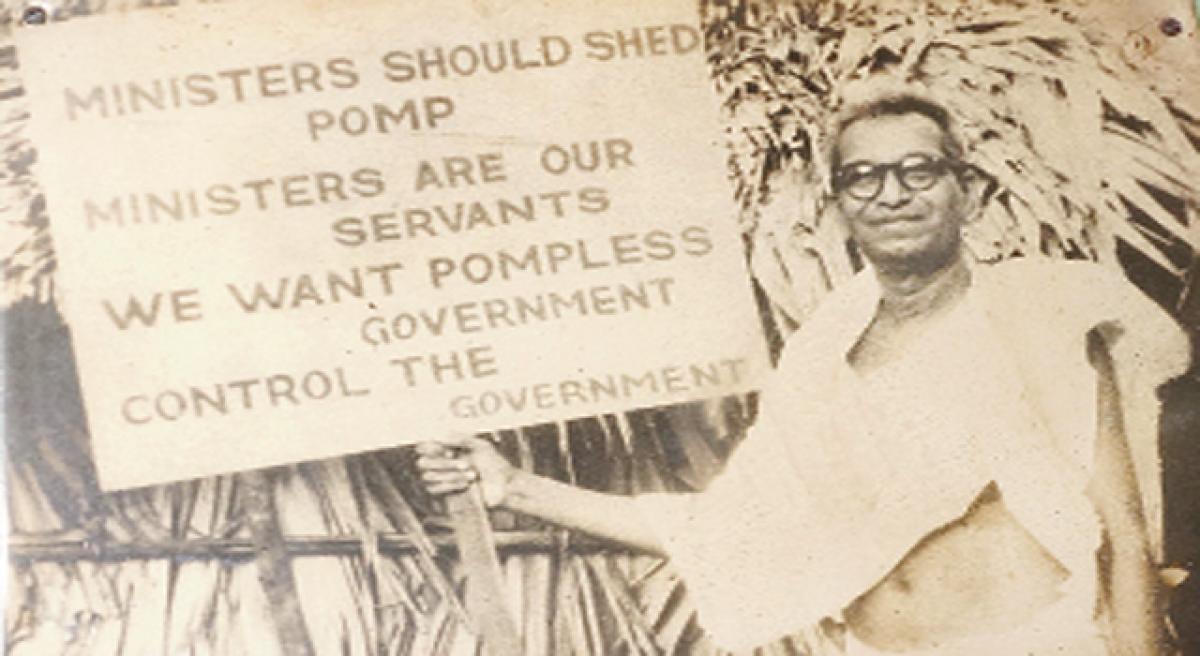
India is not only a land of religion, but also of atheism, humanism, rationalism and free-thought. Atheism gained greater social acceptance and respectability and it became an integral part of social life. A number of social reformers challenged orthodoxy and obscurantism.
India is not only a land of religion, but also of atheism, humanism, rationalism and free-thought. Atheism gained greater social acceptance and respectability and it became an integral part of social life. A number of social reformers challenged orthodoxy and obscurantism.
The atheist movement in South India, particularly in Andhra and Telangana, is a fertile ground for the onward march of atheism and rationalism in the river valleys of the Krishna and Godavari. It was a citadel of the freedom struggle and social reform movements, challenging colonialism, imperialism and the oppressive Nizam rule.
The atheist movement in Andhra is thus unique in its approach and content. It is positive, constructive, and creative in its approach and innovative in its programmes. Atheism evolved as an alternative way of life, and progressive in thought and action.
It fought against caste system and untouchability with democratic approach and egalitarian value system. It champions castelessness and strives for a post-religious society. It became a role model to the world in its commitment.
Atheism turned the attention of people from the imaginary other-world to the realities of the world. It fought against witchcraft and sorcery and the exploitation of the poor and the downtrodden. It challenged the Jogini system, which is a remnant of the Devdasi, which culminated in the enactment of the law banning the custom. The Atheist Centre, founded by Gora and Saraswathi Gora in 1940, spearheaded the agitation in this regard.
Gora (1902- 1975) was born in an orthodox family at Chatrapur, Orissa. He was a post-graduate from Presidency College, Chennai and worked as a lecturer in Botany at Madurai, Coimbatore, Colombo, Kakinada and Machilipatnam. For his atheist views, he was twice dismissed from Kakinada and Machilipatnam colleges.
Not the ones to be discouraged by adverse situations, Gora and Saraswathi (1912- 2006) were uncompromising in their actions. Gora resigned from college and moved to Mudunur village in Krishna district where they founded the World’s first known Atheist Centre in August 1940 without any private help. In 1942, both of them participated in the Quit India Movement and were imprisoned for six months.
For Gora couple, atheism was not a mere philosophy. They fought against the heinous custom of untouchability and caste system. They came into contact with Gandhi. Gora’s conversations with Gandhi were published by the Navjivan entitled, ‘An Atheist with Gandhi’.
Just before independence, Gora couple shifted the Atheist Centre to Vijayawada on an invitation from a Trust. But when Gora’s eldest daughter was married, breaking the barriers of untouchability, caste system and religion, the Trust members asked them to leave the place.
On an invitation from the President of the Panchayat Samithi, Chennupati Ramakotaiah, who also donated the land later, the Atheist Centre shifted its thatched huts to the Benz Circle in Vijayawada in 1948. Since then, the Centre became the hub of atheist activities striving for social, political and economic equality.
Gora and Saraswathi championed social progress. Gora led many a Satyagraha in the post-Independence period, such as 100-day foot-march from Sevagram to Delhi with the slogan “Ministers are servants and people are the masters in democracy” and “Ministers should shed pomp .”
Gora was a prolific writer. He went around the world twice - during 1970 and 1974 - and organised the first World Atheist Conference in 1972. Since then, nine World Atheist Conferences were held. Gora propounded positive atheism. He clearly visualised the march towards a post-religious society. He championed atheism as a positive way of life.
He stressed on secular social work. In the post-Gora period, Saraswathi Gora took the leadership of Atheist movement. She received national and international awards. During Gora’s birth centenary year, the Government of India released a commemorative postage stamp recognising him as an outstanding atheist and social reformer.
Gora’s son Lavanam and his wife Hemalata Lavanam strove for the eradication of the Jogini system and their relentless efforts yielded in banning the heinous custom by law. They strove hard for criminal reformation and brought a sea-change in the habitual offenders.
The Atheist Centre is in the forefront of social change activities and promotion of science and scientific outlook through the Gora Science Centre. The Centre has been carrying on multifarious activities with grim determination.
As Gora wrote in his book, ‘We Become Atheists’ - The spread of atheist outlook is the hope of humanity to turn from war to peace, from slavery to freedom, from superstition to a sense of reality, from conflict to cooperation.








